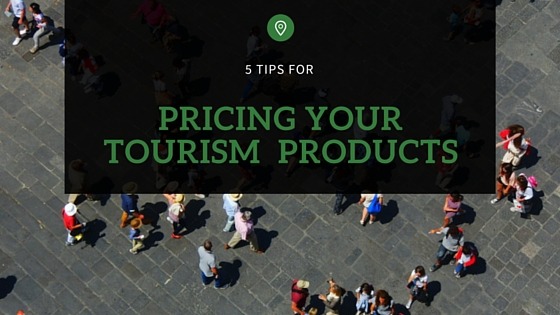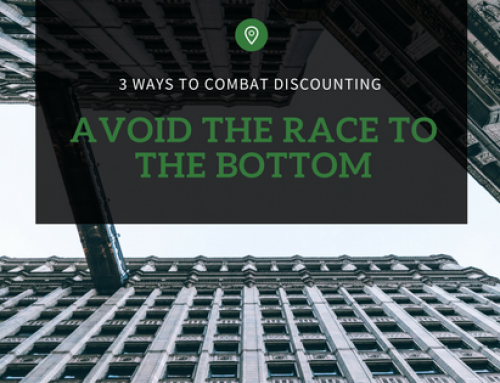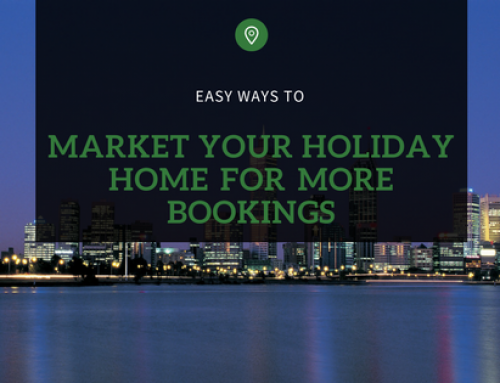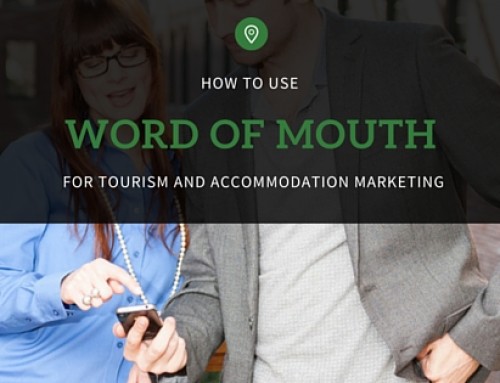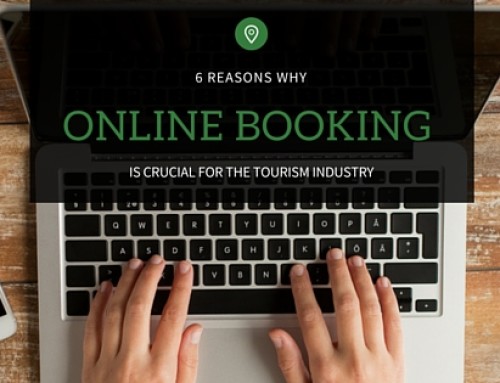As the owner of a tourism business, you have many things to manage and consider. One of the main aspects to get right is the price you charge customers. If you set the price for your products too high, customers may look for a cheaper option. If you set your price too low, you run the risk losing money.
In this article, we’ll cover the top 5 tips for pricing your tourism products to increase your bookings and maximise profits.
What to consider when pricing your tourism business
1. Seasonality
The first thing to consider when pricing your tourism products is seasonality.
Take a second to think about your business; is your business or are certain products seasonal? In other words, is there a peak season for your offering? If so, discount your offerings from your peak season price for the off season. Most travellers won’t want to pay top prices for products in low season, so reflect this in your pricing strategy.
2. Competitors’ prices
Another useful thing to consider when setting prices for your business is your competition’s pricing.
If you haven’t already, now is the time to check out your competition. Compare their offerings to your own and determine differences. Factors to take into account include location, value-adding benefits, and points of difference. Keep your pricing similar to competitors or be able to justify your higher price.
3. Operating costs
Operating costs are one of the more non-negotiable aspects of pricing your tourism business. Operating costs are broken into two categories: fixed costs and variable costs.
Fixed costs are expenses that are constant regardless of how many bookings you get. Fixed costs include things like rent, insurance, buildings and machinery, salaries, and other operations costs that are required to run your business.
Variable costs are the costs that change depending on the number of services or bookings sold. Variable costs include things like utilities, maintenance costs, booking commission, wages, and marketing.
Consider both fixed and variable costs and make sure to price your products or services above your costs to get a positive ROI. Check out this pricing tool to make sure you don’t miss any necessary details.
4. Capacity
When pricing your tourism products, you must determine your capacity.
How many guests can you handle without sacrificing quality? Estimate your average capacity based on competitive analysis, visitation statistics for your location, and feedback from customers and staff.
Depending on how much you charge per guest, you may have to raise or lower your pricing.
5. Distribution costs
The final tip for pricing your tourism business is to account for distribution costs.
Distribution is one of the most important parts of a successful tourism business and must not be excluded from consideration of your pricing strategy. Without proper distribution, your products can go completely unseen, meaning all of your hard work will have been for nothing.
Distribution cost can vary depending on what channels you use. You can opt to use a travel agent to promote your services, or an Online Travel Agency (OTA) such as Expedia. Booking.com or TripAdvisor. Alternatively, you can use a channel manager: software that lists your tourism products online in a variety of locations, including OTAs, state and local websites, and other relevant sites.
Channel managers are a cost-effective way to distribute your offerings to hundreds of locations, while keeping your costs low; many charge a fixed fee or cost per booking.
What’s Next?
Now that you know what costs to include when pricing your tourism business, it’s time to put your pricing strategies in action.
For more helpful tips and resources for the tourism business industry, check out Rezobx’s tourism blog today.

